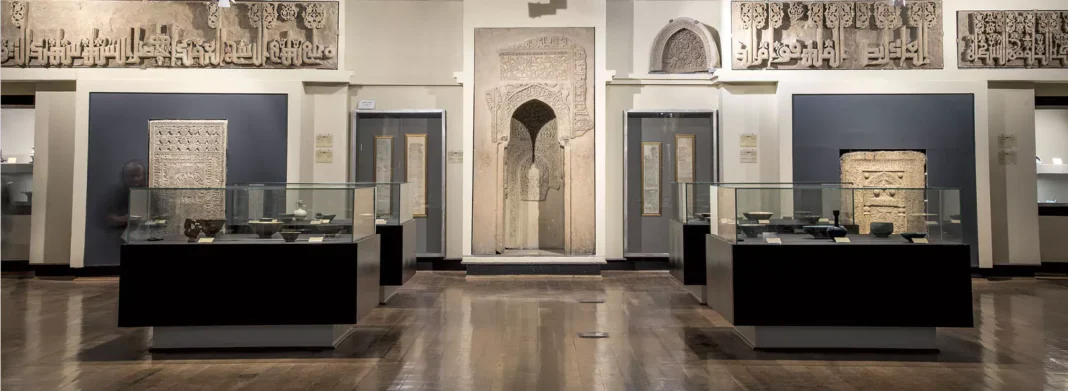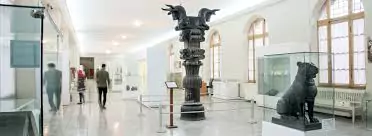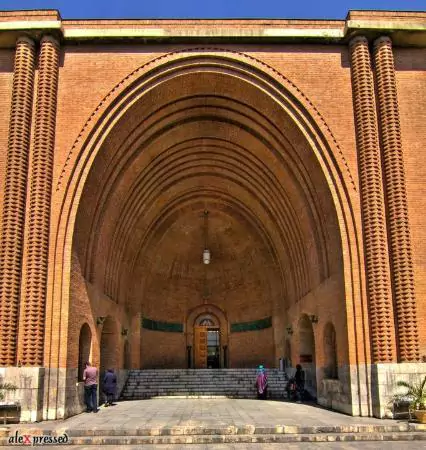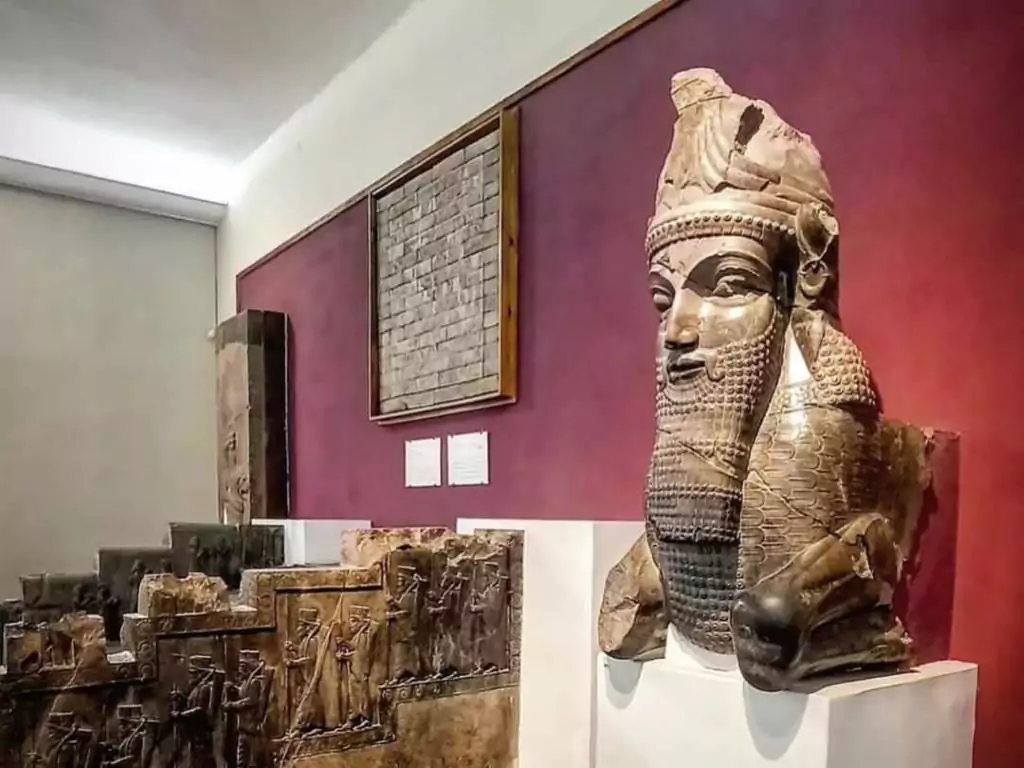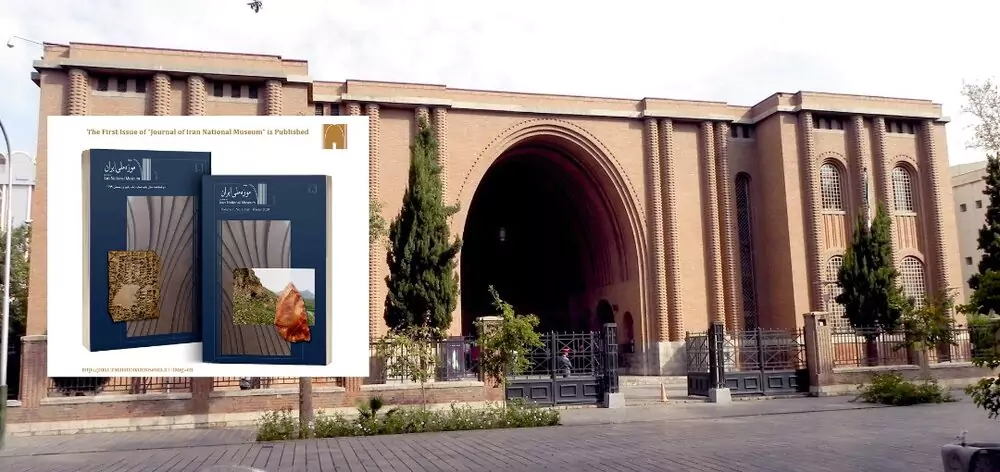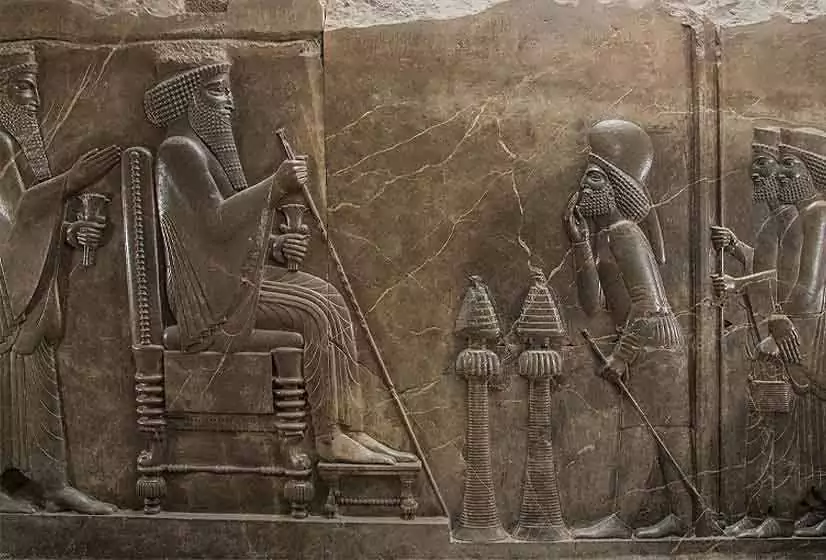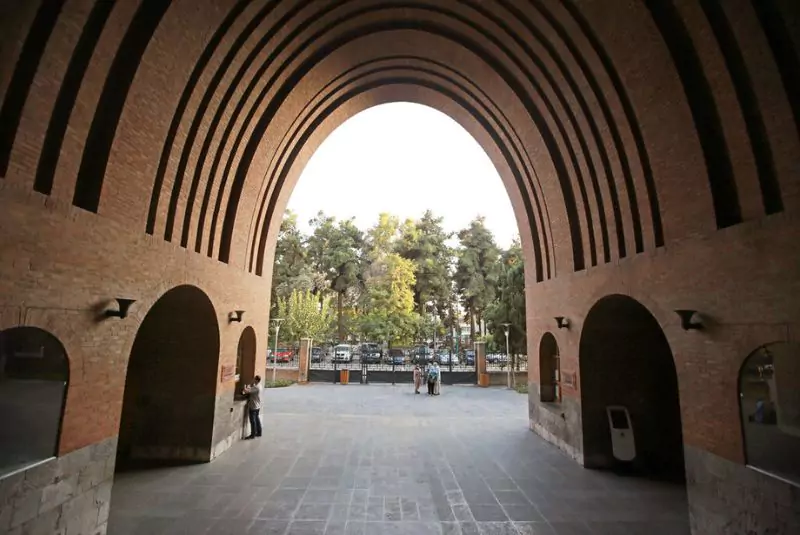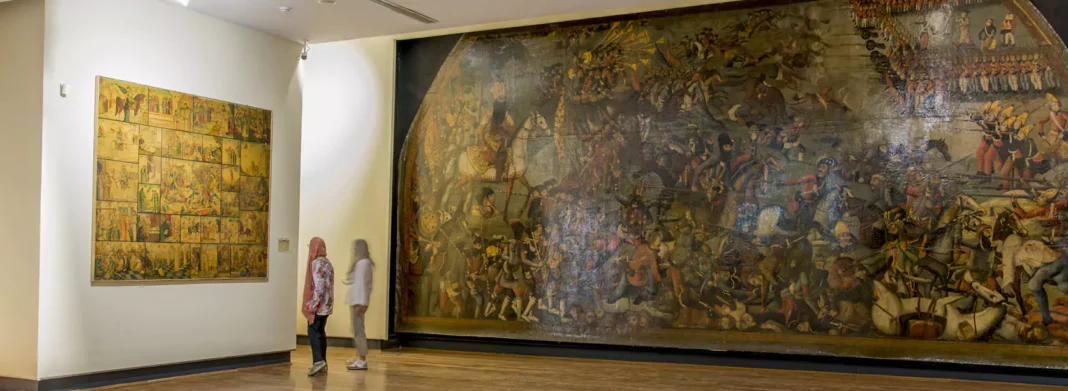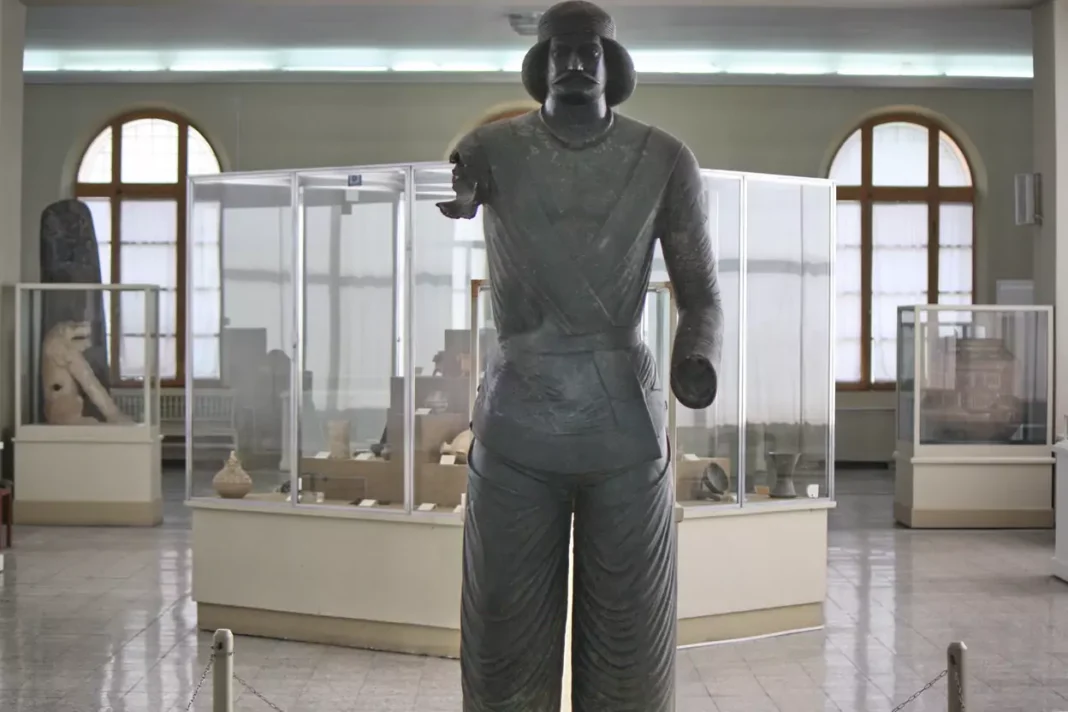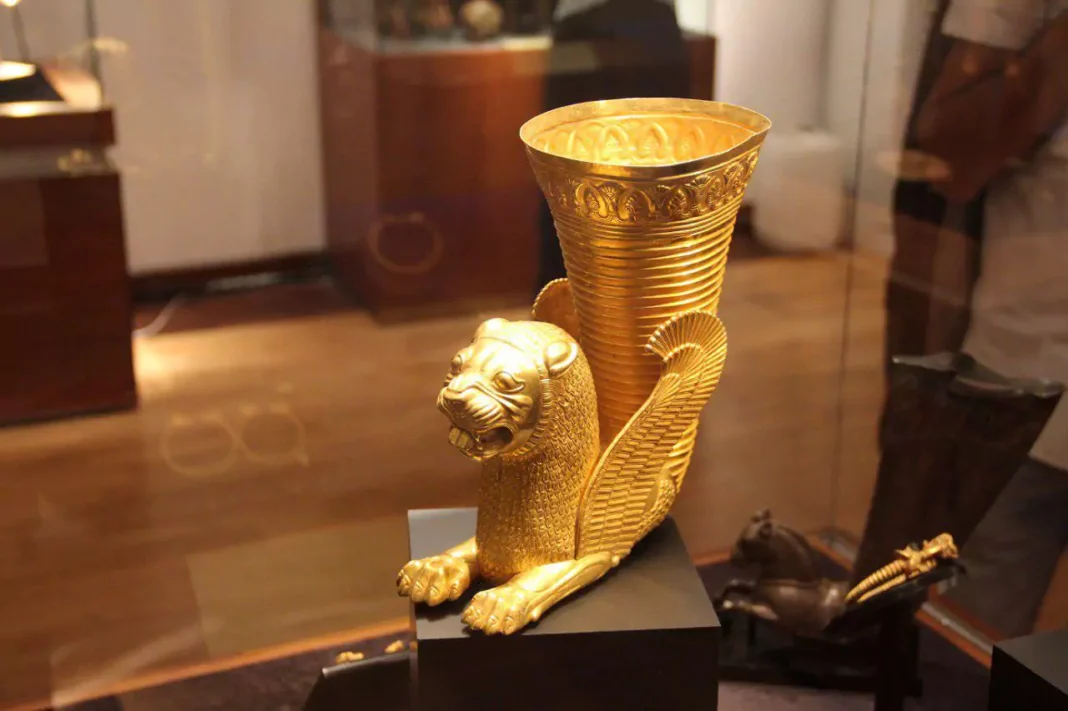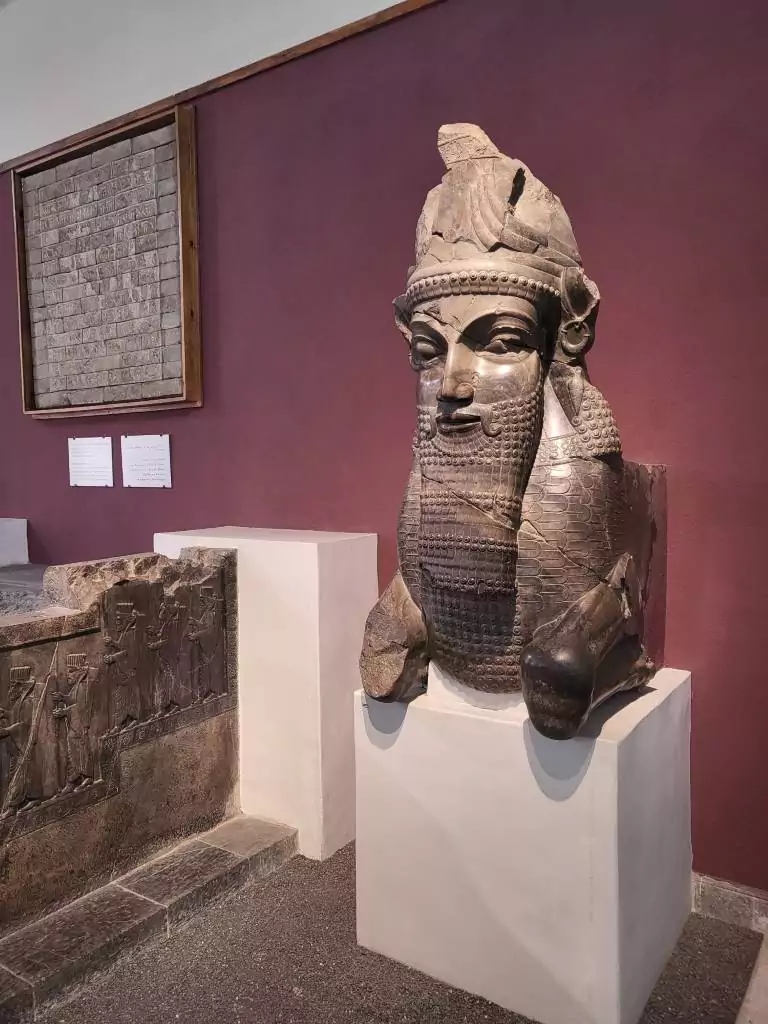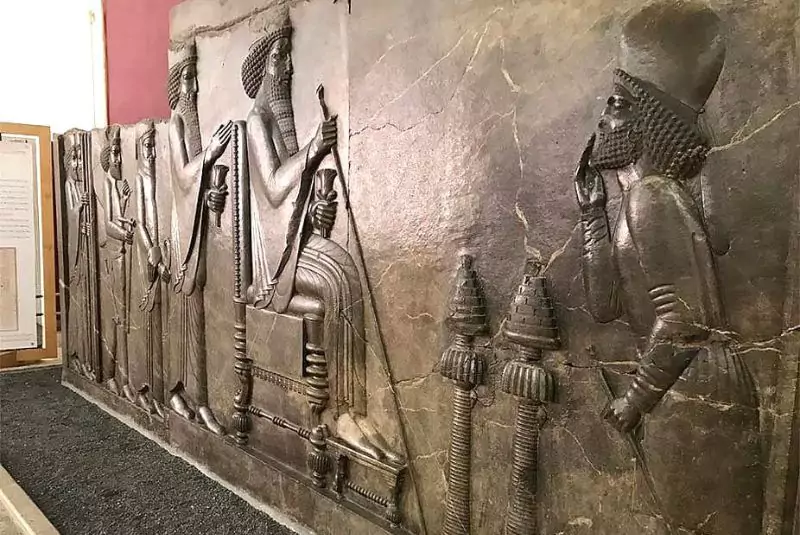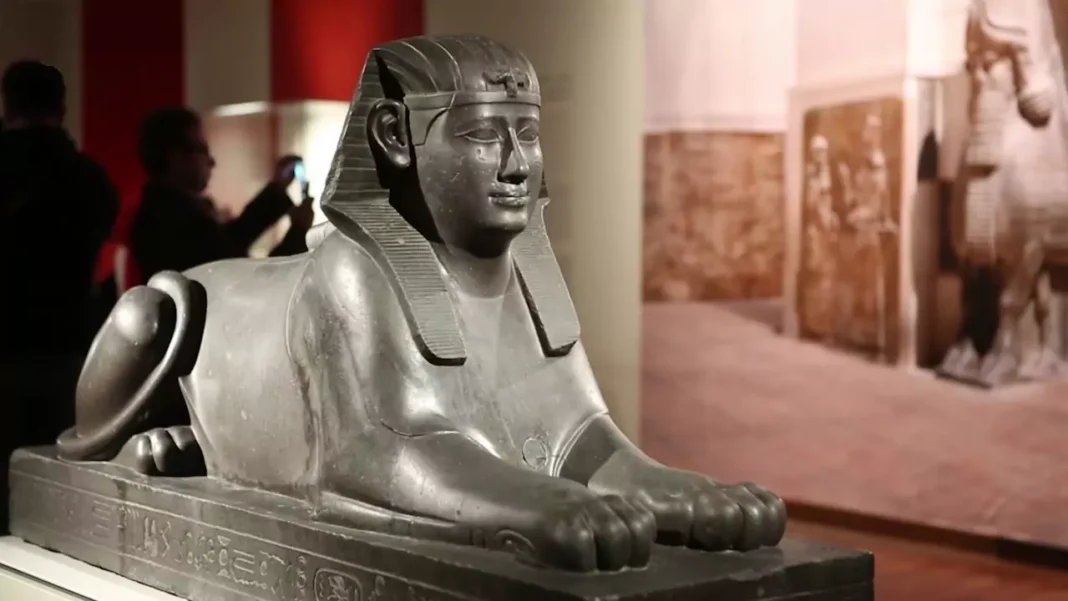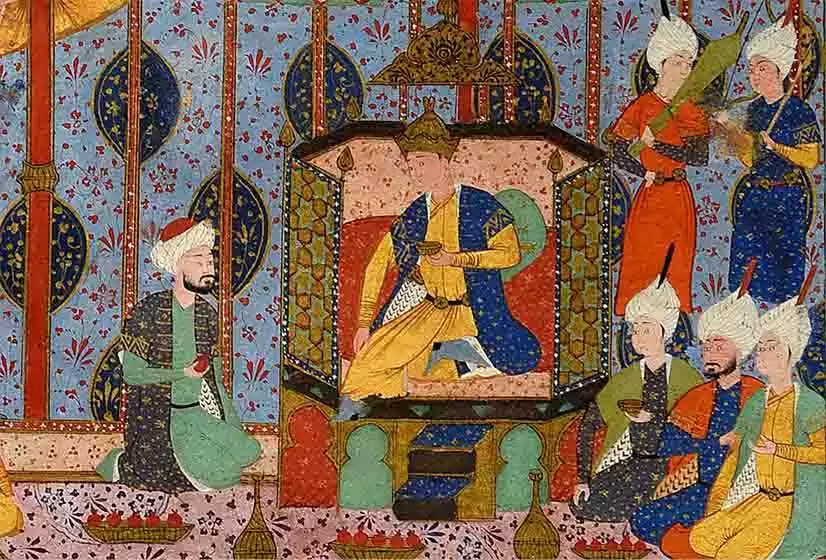The National Museum of Iran in Tehran is an essential destination for anyone seeking to understand the vast and intricate history of Iran. Housing a comprehensive collection of artifacts from ancient Persia to the Islamic era, the National Museum of Iran offers a captivating journey through time. Indeed, this museum complex is a must-visit for history buffs, art enthusiasts, and anyone curious about the civilizations that have shaped this fascinating country.
Two Museums within the National Museum of Iran
The National Museum of Iran is actually comprised of two distinct museums, each offering a unique perspective on Iranian history:
- The Museum of Ancient Iran: This section showcases the remarkable legacy of pre-Islamic Persia, with artifacts dating back to the Paleolithic period. Here, you can explore the dawn of civilization in Iran and witness the rise and fall of empires.
- The Museum of the Islamic Era: This section focuses on the art and artifacts produced after the advent of Islam in Iran, showcasing the country’s significant contributions to Islamic art, culture, and scientific advancements.
Exploring the Museum of Ancient Iran at the National Museum
Prehistoric Iran at the National Museum of Iran
Begin your journey at the National Museum of Iran in the halls dedicated to prehistoric Iran. Initially, you’ll encounter Paleolithic tools, providing evidence of early human presence in the region. Furthermore, discover Neolithic pottery, showcasing the development of settled communities and early artistic expression. In addition, the museum also displays fascinating remnants from the Bronze and Iron Ages, shedding light on the technological advancements and cultural practices of these periods.
The Rise of Empires in Ancient Iran
The National Museum of Iran guides you through the rise and fall of powerful empires that once ruled Persia. For instance, encounter artifacts from the Elamites, one of the oldest civilizations in the region. Moreover, marvel at intricately carved reliefs from Persepolis, the ceremonial capital of the Achaemenid Empire, founded by Cyrus the Great. Similarly, admire the elegant sculptures and metalwork from the Parthian and Sassanian periods, showcasing the artistic and cultural achievements of these empires.
- Don’t miss: The sculpted head of a Parthian king, a testament to the artistic skill and power of this era.
Ancient Treasures of the National Museum of Iran
The Museum of Ancient Iran within the National Museum houses a treasure trove of ancient artifacts:
- Ceramics: Discover a vast collection of painted pottery, showcasing the evolution of artistic styles through the ages. Specifically, these ceramics provide valuable insights into daily life, religious beliefs, and artistic expression in ancient Iran.
- Metalwork: Admire intricate gold and silver objects, including jewelry, weapons, and ritual vessels. Consequently, these artifacts reveal the exceptional craftsmanship and artistry of ancient Persian metalworkers.
- Stone carvings: Explore impressive reliefs and statues depicting scenes from mythology, royal life, and everyday activities. Overall, these carvings offer a glimpse into the beliefs, values, and social structures of ancient Persian society.
Stepping into the Museum of the Islamic Era at the National Museum of Iran
The Arrival of Islam in Iran
The Museum of the Islamic Era at the National Museum of Iran chronicles the profound impact of Islam on Iranian culture and art. To begin with, discover early Qur’anic manuscripts, showcasing the beauty and artistry of Islamic calligraphy. Next, explore intricately woven textiles and beautifully decorated ceramics from the early Islamic period, demonstrating the fusion of Islamic traditions with existing Persian artistic styles.
Artistic Flourishing in Islamic Iran
Witness the artistic flourishing that occurred in Iran under various Islamic dynasties. First, the Museum of the Islamic Era showcases exquisite examples of calligraphy, reflecting the importance of the written word in Islamic culture. Second, admire miniature painting, a unique art form that flourished in Persia, depicting scenes from literature, history, and daily life. Finally, explore intricate metalwork from the Seljuk, Safavid, and Qajar periods, showcasing the diversity and innovation of Islamic art in Iran.
- Highlights: The intricate tilework from mosques and palaces, and the stunning illuminated manuscripts, are a testament to the artistic achievements of Islamic Iran.
Scientific Advancements in the Islamic Era
The Museum of the Islamic Era also highlights the scientific achievements of the Islamic Golden Age. For example, explore displays on astronomy, mathematics, and medicine, showcasing Iran’s significant contributions to the world of knowledge. In this section, discover the works of renowned Persian scholars and scientists, such as Avicenna and Al-Khwarizmi, who made groundbreaking discoveries in their respective fields.
The National Museum of Iran: A Window into Iranian History and Culture
The National Museum of Iran provides a comprehensive overview of Iranian history and cultural heritage. From the ancient empires of Persia to the artistic and scientific achievements of the Islamic era, the museum offers a captivating journey through time. By exploring the diverse collection of artifacts, visitors can gain a deeper appreciation for the rich and complex history of Iran.
Practical Information for Your Visit to the National Museum of Iran
Address and Contact Information
- Address: No.1, Henri Rolin St., Siy-e Tir St., Emam Khomeini Ave, Tehran, Iran
- Tel: +98 21 66702061-6
- Fax: +98 21 66746164
Opening Hours of the National Museum of Iran
- Saturday – Tuesday: 9:00 AM – 5:00 PM (last entry 4:00 PM)
- Wednesday: 1:00 PM – 5:00 PM (last entry 4:00 PM)
- Closed on Thursdays and Fridays
Note: Opening hours may vary on public holidays. Therefore, it is advisable to check the official website or contact the museum for the most up-to-date information.
Ticket Prices for the National Museum of Iran
- Foreign Visitors: Around 1,500,000 Iranian Rials (approximately $5 USD)
- Iranian Nationals: Around 300,000 Iranian Rials
Getting to the National Museum of Iran
- Metro: The nearest metro station is Imam Khomeini Station (Line 1).
- Bus: Several bus routes stop near the museum.
- Taxi: Taxis are readily available throughout Tehran.
Tips for Your Visit to the National Museum of Iran
- Allow ample time: The museum is vast, and you’ll need several hours to fully appreciate its collection.
- Hire a guide: In fact, consider hiring a guide to enhance your understanding of the exhibits and gain deeper insights into Iranian history and culture.
- Photography: Photography is generally permitted, but flash photography may be restricted in certain areas.
- Dress modestly: As a sign of respect, dress modestly when visiting the museum.
- Respectful behavior: Maintain a quiet and respectful atmosphere within the museum.
Why Visit the National Museum of Iran?
- Immerse yourself in history: The National Museum of Iran offers a unique opportunity to journey through thousands of years of Iranian history, from ancient Persia to the Islamic era.
- Appreciate artistic achievements: Discover the artistic brilliance of ancient and Islamic Iran, with a vast collection of ceramics, metalwork, and calligraphy.
- Gain cultural insights: Subsequently, gain a deeper understanding of Iranian culture and heritage through the museum’s exhibits and artifacts.
- Connect with the past: Connect with the legacy of civilizations that have shaped the world and contributed to human history.
Enhance Your Experience at the National Museum of Iran
- Infographics: The museum could incorporate infographics to illustrate timelines and dynastic connections, making it easier for visitors to understand the chronological flow of Iranian history.
- Interactive displays: Interactive maps and touchscreens could provide further information on artifacts and historical events, offering a more engaging and immersive experience.
- Audio guides: Audio guides in multiple languages would enhance accessibility for international visitors and provide detailed explanations of the exhibits.
A Must-See for History Enthusiasts: The National Museum of Iran
The National Museum of Iran is a treasure trove of historical artifacts and artistic masterpieces. Whether you’re a history buff, art lover, or simply curious about Iranian culture, a visit to this museum is an enriching and unforgettable experience.


